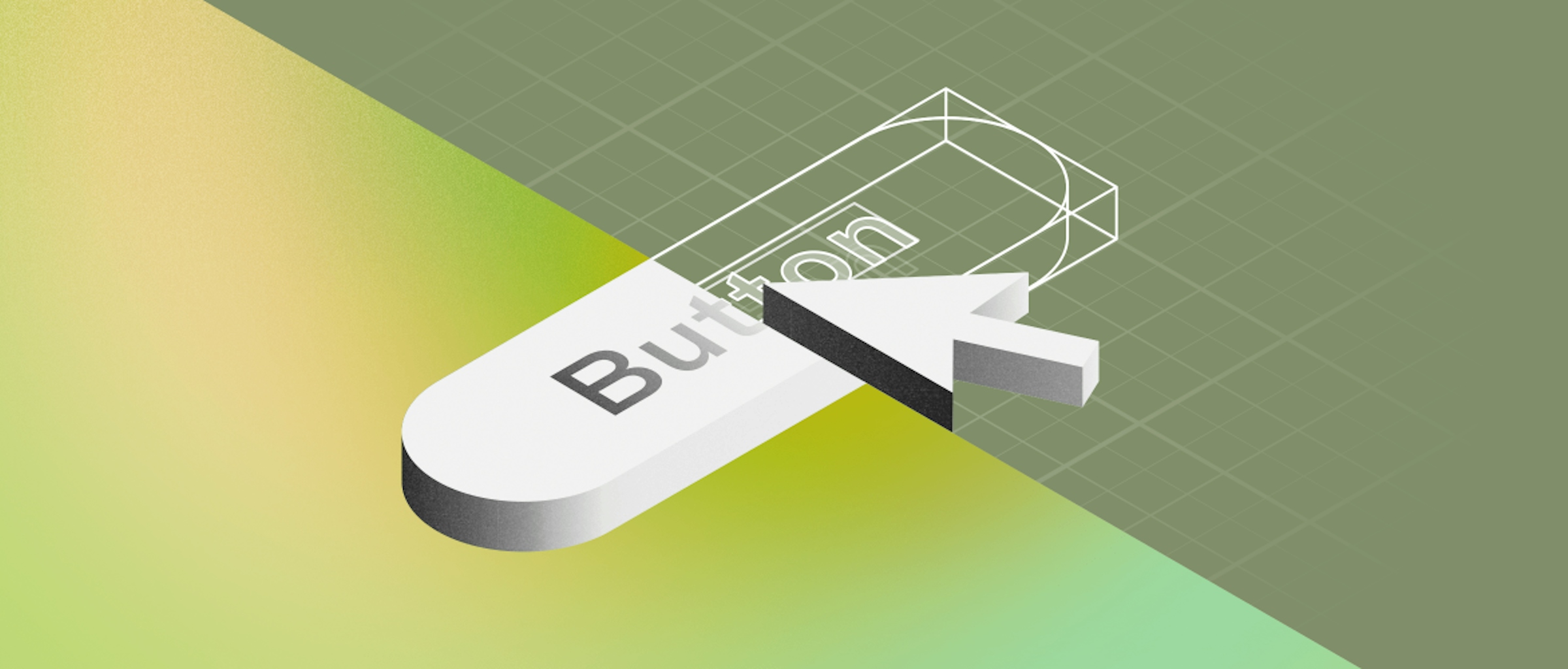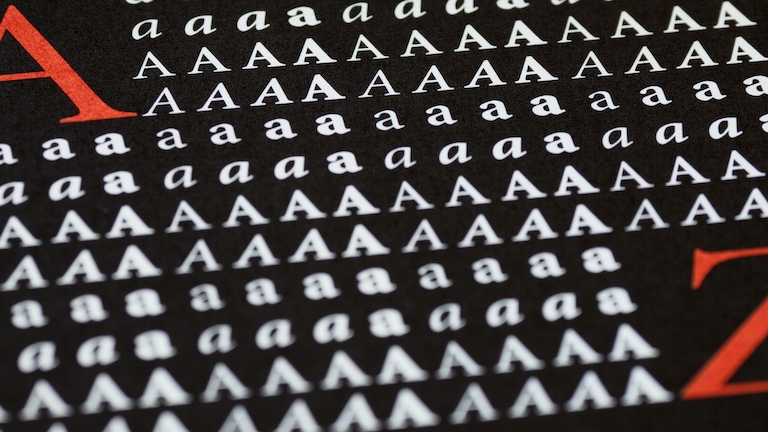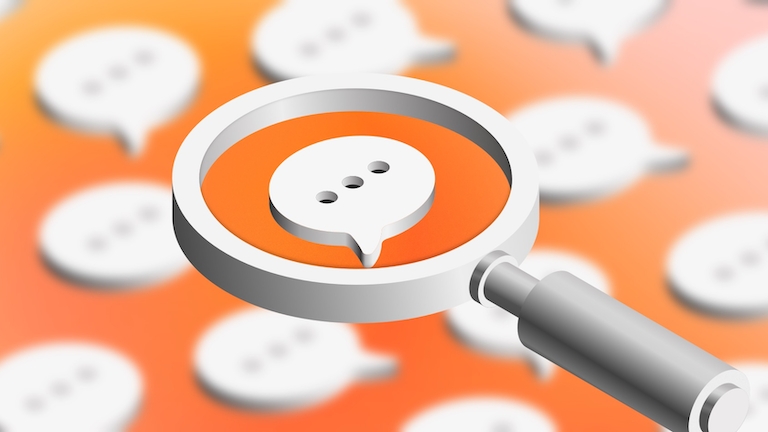
What is the difference between UI and UX design?
Learn about the different roles within design and how they collaborate to create great products
Author
Behind every great product, there are great designers. But not all design roles are the same. Each designer has different strengths and specialties, which helps product teams to brainstorm and troubleshoot their projects to a greater degree of finesse.
But what kinds of designers should you be working with? Do all projects call for both a UX and a UI designer? Is UI part of UX? What’s the difference between UI and UX design, even?
We answer all your burning design questions below!
Topics we’ll be covering
- Understanding product design
- What is UX design
- What is UI design
- How UX and UI design work together
- Who else collaborates with UX and UI designers?
Understanding product design
At its core, product design is how we get cool digital products. While it can refer to the design process behind physical goods as well, we tend to use this term for digital products such as web, apps and their interactive systems. The key distinction between a regular ‘design’ and a ‘product design’ is that the latter exists to solve a problem with a broader perspective including: design, business and the customer. A product designer needs to take into account the needs of the person who will use the product as well as their potential experience when using it.
To create products that are intuitive, efficient and consistent, product designers often work with other, more specialized designers that focus on the experience or the user interface.
What is UX design?
A User Experience (UX) designer focuses on aligning the expectations of the user and the product. UX designers participate in the definition, scoping and discovery of the customers’ needs, proposing early-stage designs through wireframes or low fidelity prototypes. The designer can then evaluate and iterate on the designs.
The UX designer will focus mainly on creating a seamless and efficient workflow for customers. They’ll carry out their own research by collaborating with existing or potential customers, internal stakeholders and/or base their first design on available market reports. Once a UX designer understands the customer’s pain points — and the necessary steps for them to follow in order to use the product — they’ll create a wireframe. This rough draft, often created using design tools like Sketch, lays out how the website or app will look and function.
As the product comes to life, the ongoing collaboration between the UX designer and the rest of the team will help in testing their original workflow and making changes based on user feedback or technical limitations.

We recently simplified the sign-up process for Sketch. Now, you can complete the sign-up process on a single screen.
What is UI design?
A User Interface (UI) designer focuses on the interaction and visual aspects of a product — what the website or app will look like and how it behaves. Before the design industry began focusing heavily on user-driven design, designers put their focus on general functionality and branding. Does the page work? Good. Do our brand colors stand out? Fabulous. Now, though, users expect websites and apps to work seamlessly while also being unique and eye-catching.
The UI designer works on bringing those wireframes to life and creating prototypes that incorporate both the input from the UX designers as well as accommodating for all of the brand and accessibility needs. UI designers tend to every detail — from typography to logo use — and make sure that every project they’re working on feels familiar and matches other touchpoints. For example, you want your app, website and landing pages to all look cohesive.
At the same time, UI designers can bring innovation to the design. Since they get to focus more on the creative side of the project, they can come up with more innovative ways to display information, interact with the product and improve the experience of the users. Of course, it’s always good practice to check in with the rest of the design and product team to make sure the interface design supports the goals of the users and works well within the user journey.

UI designers can create high fidelity prototypes to help visualize the final product and prepare assets for development.
How UX and UI design work together
People often ask if UI is part of UX — and the short answer is yes and no. The user interface is definitely part of the user experience, but a UX designer is not a UI designer — though they could very well have notions of each other’s field of expertise!
While UI design tends to be aesthetically pleasing, it’s not always practical. Meanwhile, UX design can be practical, but not visually appealing. By collaborating, UX and UI designers can come up with designs that are both simple to use and appealing to the eye.
Having said that, product designers are aware of both of these areas of expertise and do tend to execute — to a certain level — in both fields.
So, what comes first, UX or UI?
How UX and UI designers work together is specific to each design team. There isn’t necessarily a better order, and UX and UI designers might be working closely all throughout the project. Sometimes a product designer will take charge and assign different tasks to the UX and UI designers. Ultimately, our recommendation would be to make the most of the team you have and listen to the different perspectives they all bring to the table.

Here, you can see an example of how both UX and UI designers can collaborate within the same design process. The process might look different, but the important thing to note is that there will always be some form of exploration, experimentation, and implementation.
Can UX and UI design live without each other?
The UX and UI combo is ultimately a time saver. For small projects, you might just assign a single designer to handle both the UI and the UX. But big projects will definitely benefit from the dynamic duo. Why? Because the more complex a project, the more likely it is that either designer’s blindspots will come into play.
If a UX designer is dedicating a lot of time to creating an extensive wireframe, they might not have the headspace to then try their hand at reinventing the wheel when it comes to interface design. At the same time, a UI designer might spend a lot of time coming up with creative ways of presenting information, only to struggle with making adjustments when usability feedback starts rolling in.
Who else collaborates with UX and UI designers?
Product, UX and UI designers also collaborate with other roles within their company or team. For example UX writers specialize in writing clear and concise copy that will help the user follow the workflow created by the UX designer. A quality assurance (QA) analyst and beta testers help design teams by providing feedback. These two roles will take a look at every detail in the user journey, no matter how small, and identify problems. Interaction designers can work as a bridge between technology, systems and services while working closely with UX, UI or product designers to define porcesses, touch-points and flows. Last but not least, developers are the ones who take designers’ wireframes and prototypes and bring them to life!
We hope this post has helped you get a sense of what roles exist within design and how they all come together to create great products. If you’re a budding designer, know that the design world is really your oyster. You can be as specialized or as all-encompassing as you prefer. The important thing is keeping an open mind and a willingness to learn from and collaborate with those around you — be they designers or any other member of a product team.
Want to continue learning about design? Check out some of our other useful content linked below.


